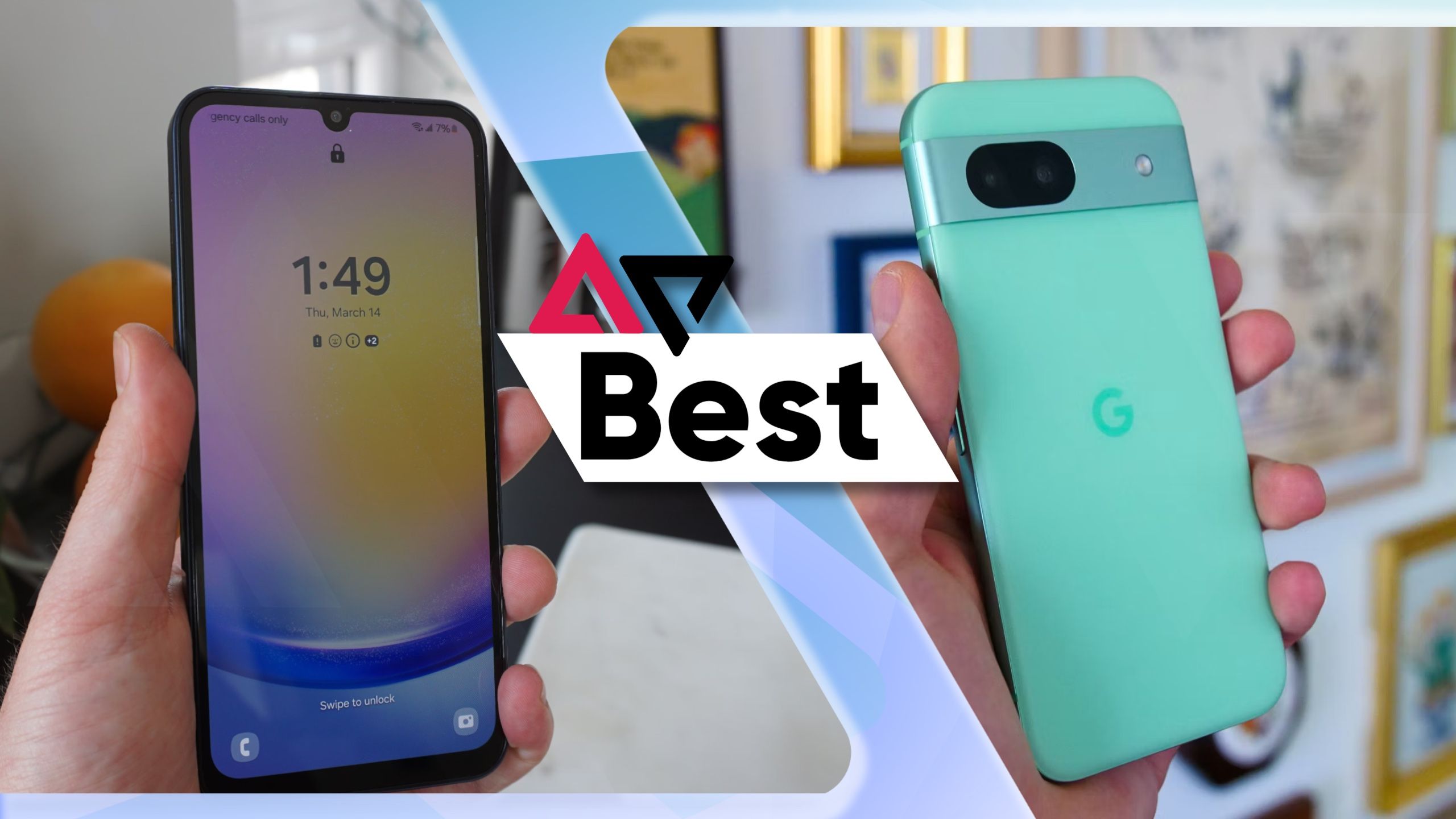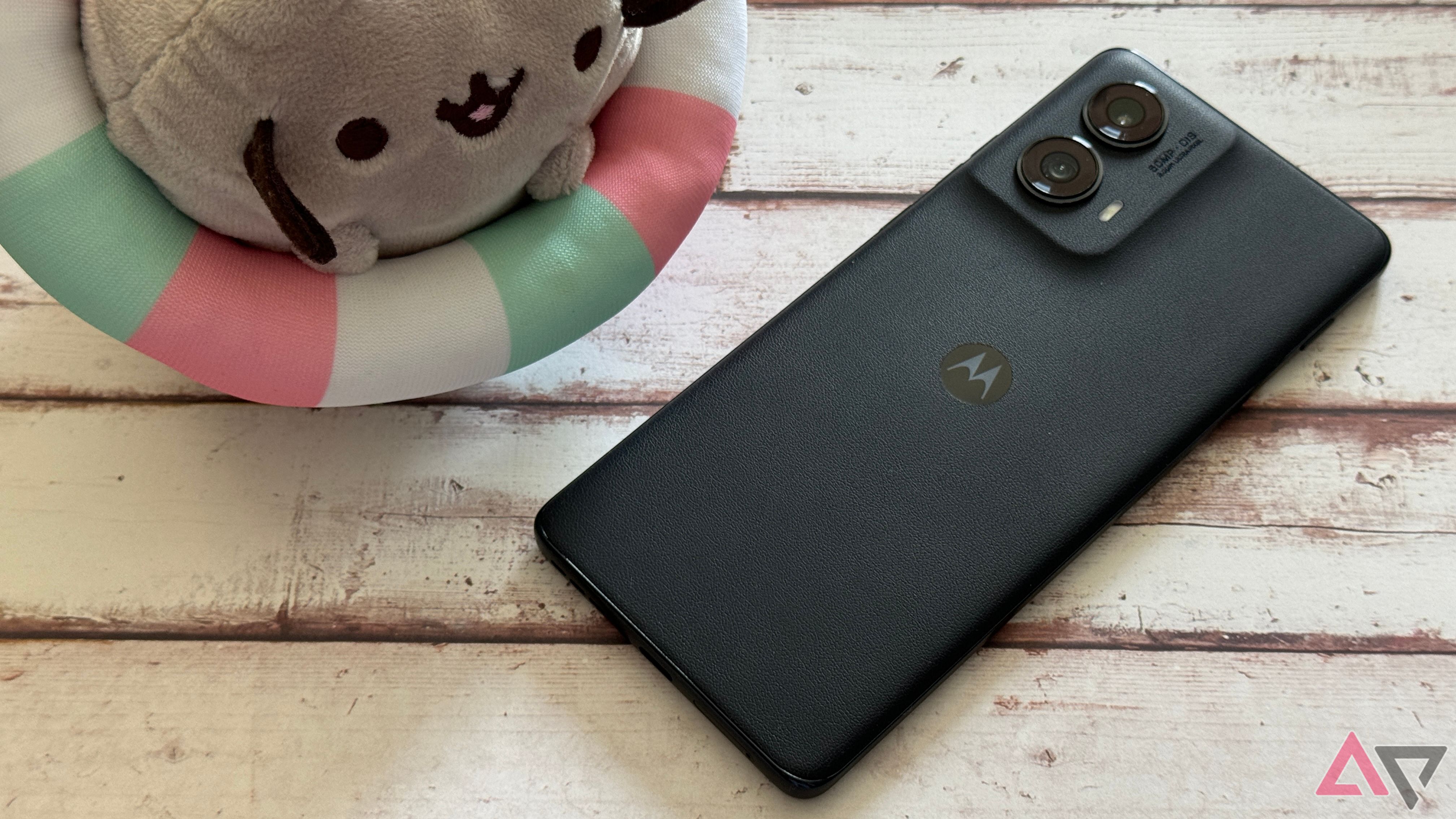-
An edge-y attempt
Motorola Edge (2024)
$500 $550 Save $50The Motorola Edge is back with a 2024 iteration, and this mid-range device comes with a nice design and enough power to get through the day. Made for gaming, as well as improved photos, this phone aims to offer a balance people need.
Pros- Excellent display
- Premium build quality
- Dependable performance
Cons- Battery life could be better
- Unreliable update schedule
-
Google’s budget choice
Google Pixel 8a
Google didn’t give the Pixel 8a a big update to its cameras, but you do get a brighter display, faster processor, and larger battery. With stock Android and seven years of OS upgrades, it can last for years.
Pros- Hard to beat this camera at this price
- Good performance
- Excellent software support
Cons- Not much new in the design
- No major camera improvements
No Thanks, Keep Reading
There was a time when a Motorola phone was like what a Pixel A-Series phone is today. The idea was value for the price, delivering mid-range performance that felt more substantial than the associated sticker price. The Motorola Edge (2024) is the company’s key mid-range device, while the Google Pixel 8a has been a budget-friendly stalwart, especially when it comes to software support and camera output.
That makes for an interesting comparison between these two devices, particularly because they focus their respective strengths in somewhat different areas. Put the sum of those parts together and you get budget phones that won’t demand as much from your wallet, though may also force you to make compromises. Let’s see how these two stand up.
Price, availability, and specifications
The Motorola Edge is available directly from Motorola or from Amazon for $550. It only comes in one configuration with 8GB of RAM and 256GB of storage. It’s also limited to one color option in Midnight Blue (which looks more like black), so the company is keeping things simple here. Pay attention to pricing if you’re not yet ready to pull the trigger because discounts are likely, falling below $500 in most cases to make the phone even more affordable.
The Google Pixel 8a is easier to find because most carriers and many retailers carry the phone, much like the Google Store also does online. It starts at $499 for the base model with 8GB of RAM and 128GB of storage, while the 256GB variant costs another $60 to put it along the same price range as the Edge. There are color restrictions you have to consider either way. For example, the base model comes in Aloe, Bay, Obsidian, and Porcelain, whereas the 256GB variant only comes in Obsidian. Unlike Motorola, Google offers trade-in deals to reduce the price further when you buy the Pixel 8a from the Google Store.
To gauge differences on paper between them, have a look at the specs:
-
Motorola Edge (2024) Google Pixel 8a SoC Qualcomm Snapdragon 7s Gen 2 Google Tensor G3 Display type 6.6″ pOLED; 144Hz OLED, 120Hz Display resolution 2,400 x 1,080 1080 x 2400 RAM 8GB LPDDR4X 8GB Storage 256GB 128GB, 256GB Battery 5,000mAh 4492mAh Charge speed 68W wired; 15W wireless 18W wired, 7.5W wireless SIM support Nano + eSIM Nano SIM, eSIM Operating System Android 14 Android 14 Front camera 32MP f/2.4 13MP, f/2.2 Rear camera 50MP f/1.8 primary; 13MP f/2.2 ultrawide 64MP f/1.89 OIS main, 13MP f/2.2 wide IP Rating IP68 IP67 Colors Midnight Blue Obsidian, Porcelain, Bay, Aloe Price $550 Starting $499
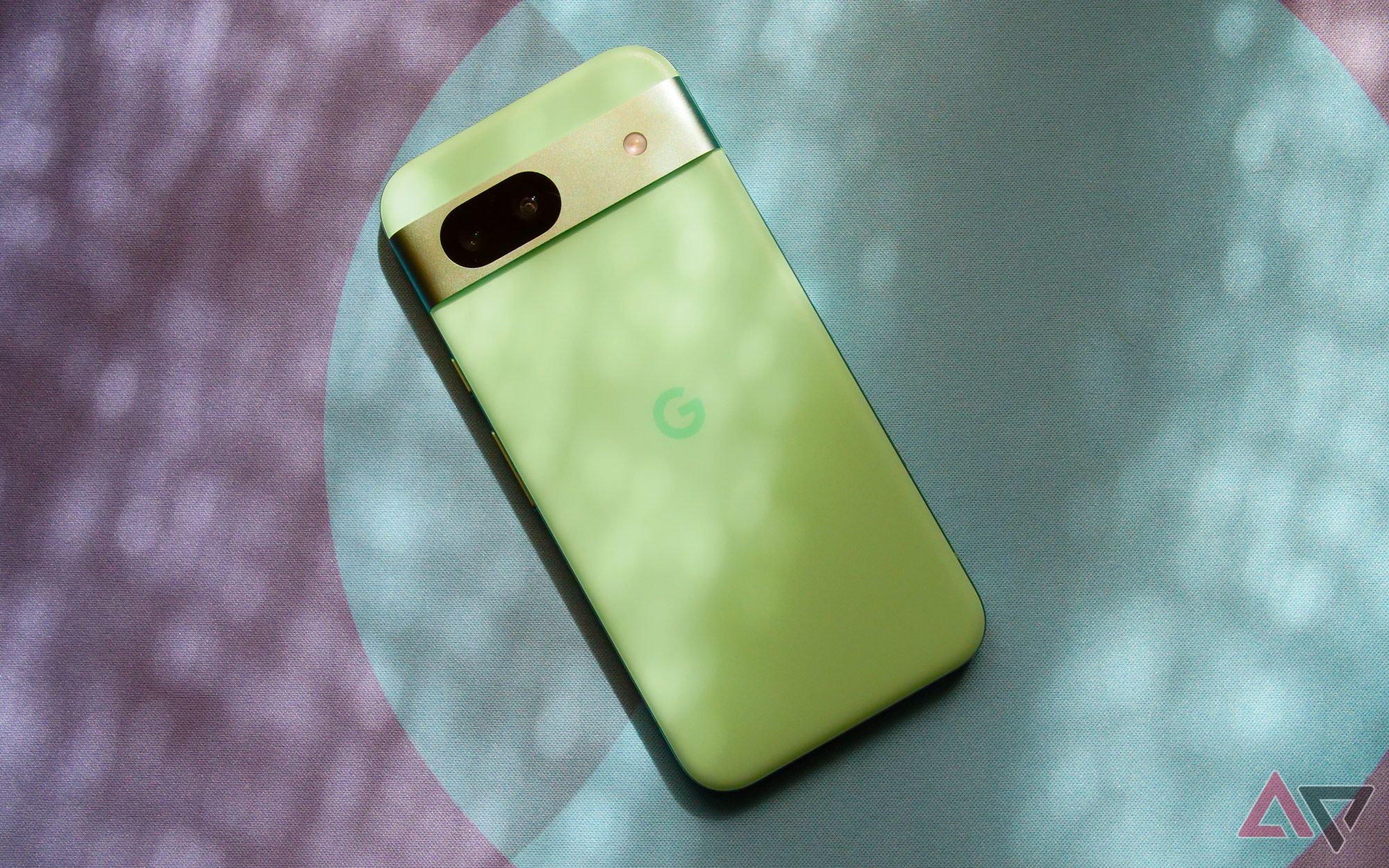
Read our review
Google Pixel 8a review: A great phone that I’m not sure you should buy
Google’s hardware lineup is in a tricky spot, and the Pixel 8a only makes things more confusing
Design
Sleek and dependable
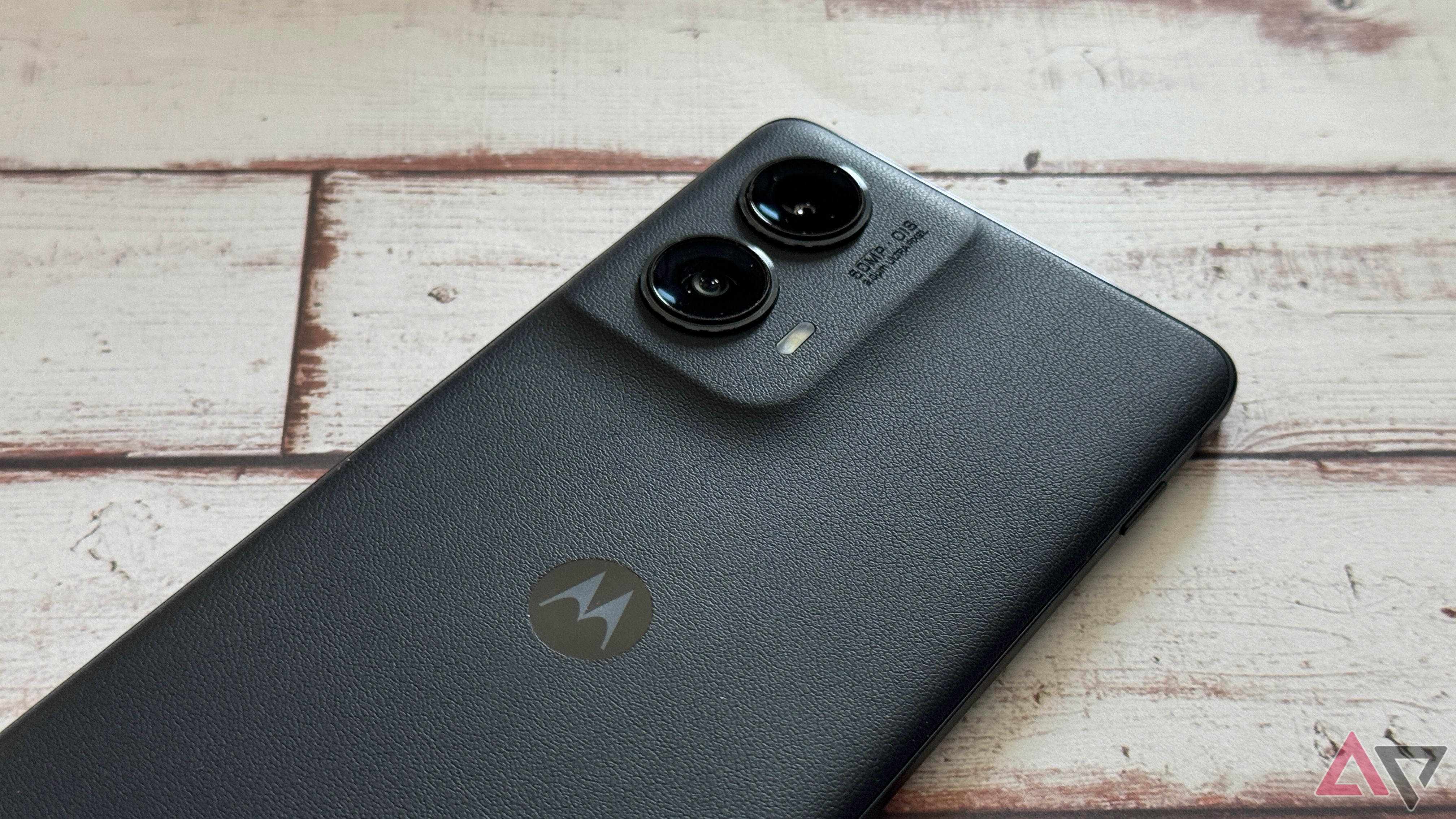
The Edge has a 6.6-inch curved display, a design trait that’s now become unusual for most phones, especially mid-range ones. Flatter screens are in now, but not for Motorola, which bucks the trend with curved edges more reminiscent of five or six years ago. With a thin aluminum frame and faux leather back, the lack of color options doesn’t have to make the phone appear any less stylish. This is far from an ugly device in spite of its limited aesthetics. It’s also worth noting that the Edge’s IP68 dust and water resistance pairs nicely with the lightweight build, so this isn’t a handset that will weigh you down when out and about.
While that does contrast with the plastic-heavy build for the Google Pixel 8a, it doesn’t make the phone feel cheap by comparison. The A-series always takes its design cues from flagship Pixel phones, so the Pixel 8a isn’t going to be a trend-setter on its own. That’s not really the point of a phone like this anyway. The Pixel 8a gets a flashy boost when you look at the brighter color options, but more importantly, it’s got a sturdy body that feels well made anywhere you take it.
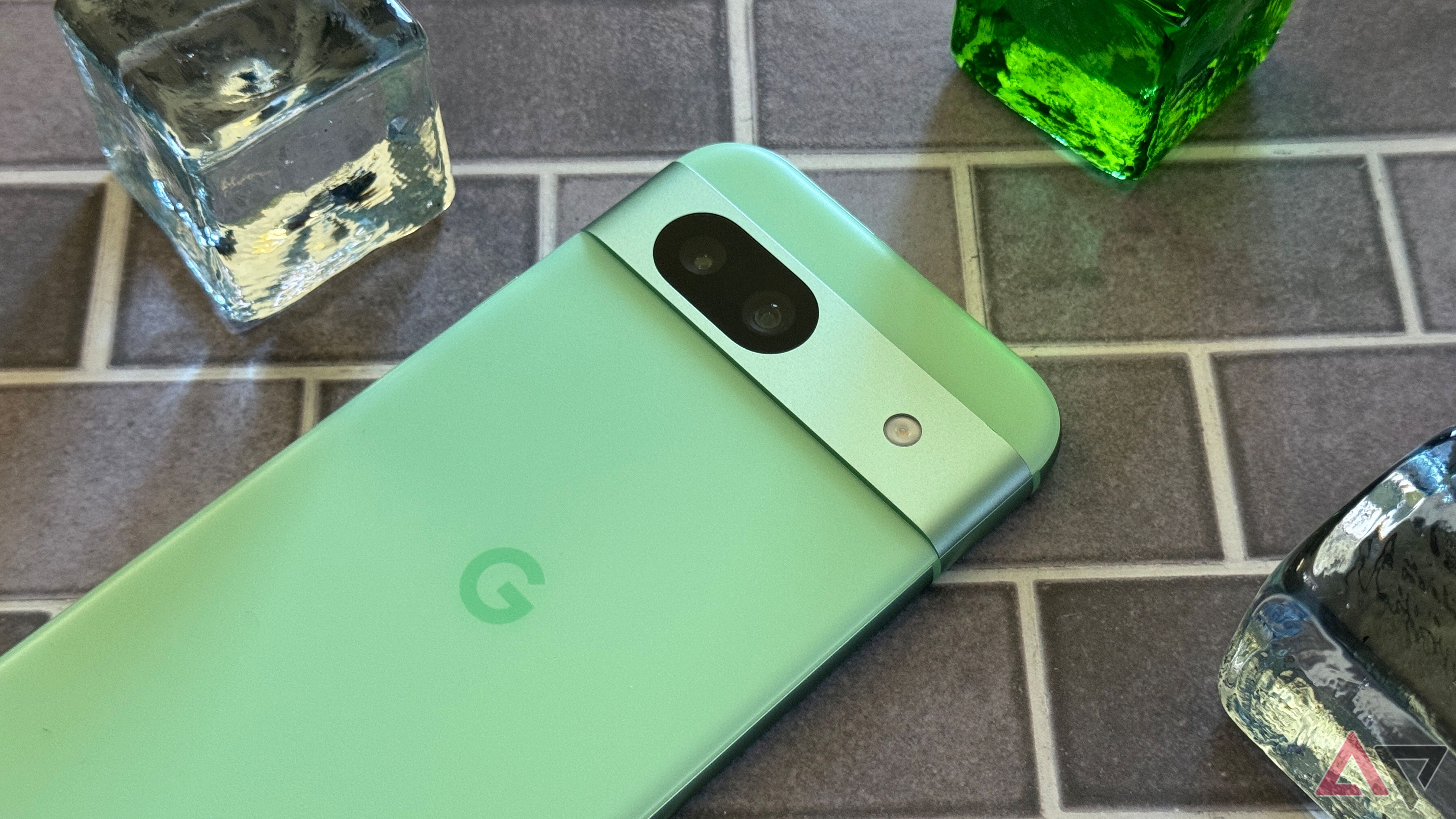
The weight disparity between them is negligible since it’s not enough to notice most of the time. Instead, you’re more likely to pay attention to handling, like where the power and volume buttons are, or how easy it is to wield either phone to take photos when you need them. A smaller body usually means an easier time using the phone one-handed, but a closer look at the dimensions shows there isn’t a huge disparity between them. Part of the reason for that is the Edge’s thinner bezels and slimmer profile, leaving the most obvious visible difference being their respective height.
Google may not go with faux leather but it’s hard not to like the matte finish on the Pixel 8a, moving away from the fingerprint magnet that was the previous glossy finish. Camera bumps on either phone look different because the Edge has its array situated in the corner whereas the Pixel 8a gives you the familiar camera bar running across the back.
Display
Speedy or throwback
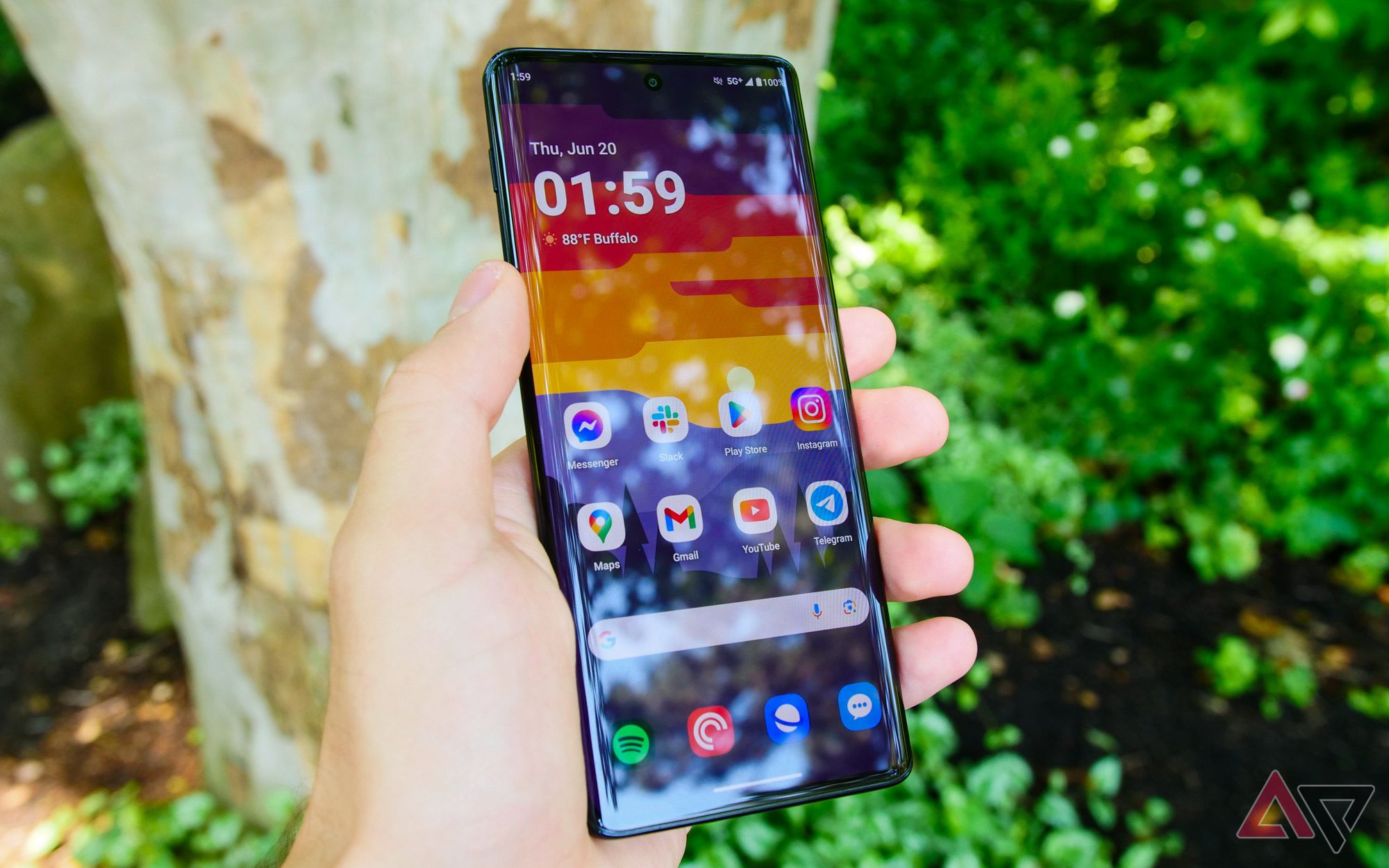
Few may notice but Motorola routinely uses fantastic displays for its phones, and the Edge is no exception. The 6.6-inch P-OLED panel is bright, vibrant and offers a 144Hz refresh rate. Bright enough to see clearly outdoors, it’s also rich in color to do right by movies, shows, and games when you want to partake. It wouldn’t be an exaggeration to look at this screen as one more like the types of panels you find in flagship or premium devices, which is a big reason why the phone at least looks more premium than it truly is.
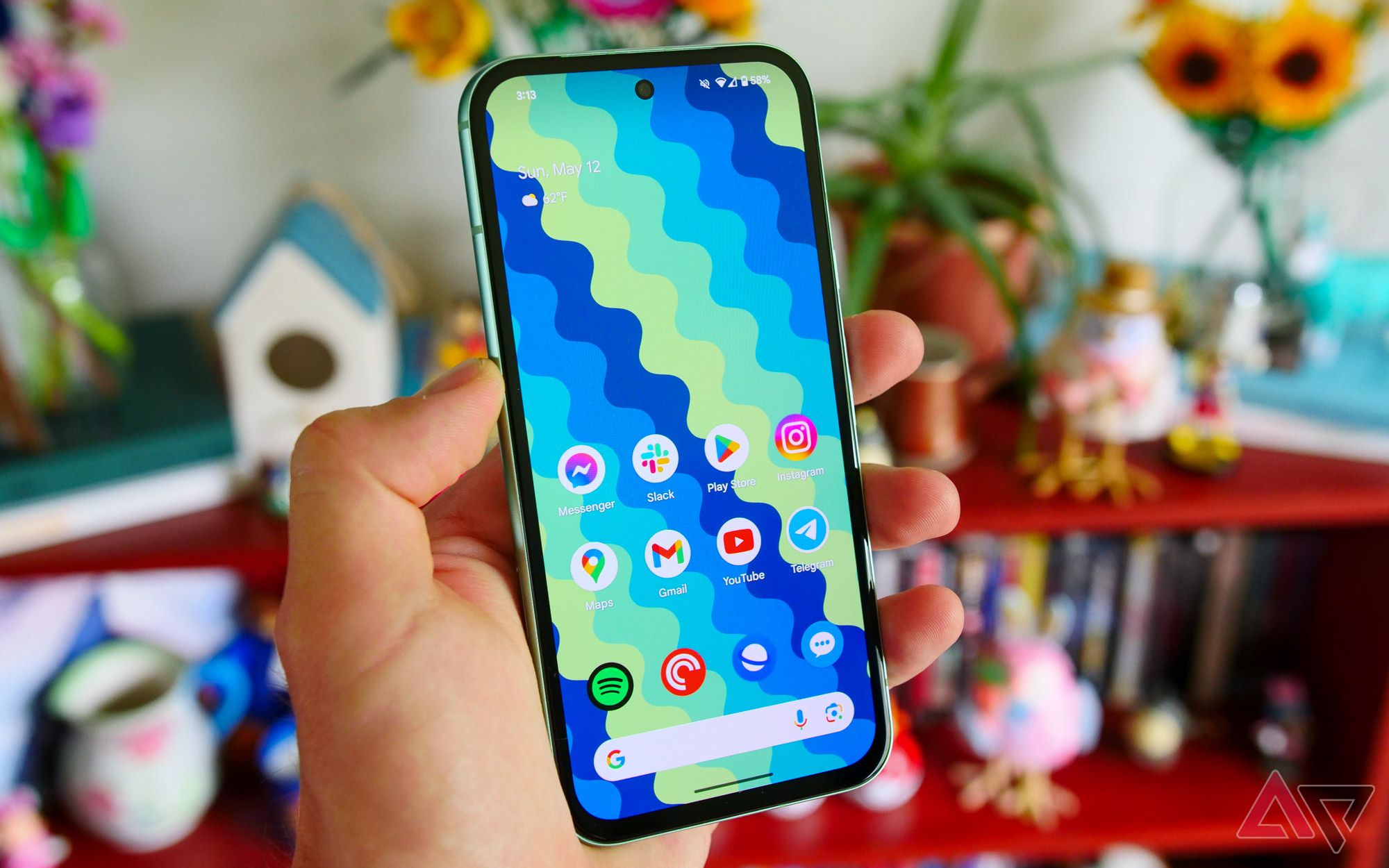
Interestingly, though, the Pixel 8a has the brighter screen between them, hitting 2,000 nits peak brightness (compared to 1,300 nits on the Edge), so you shouldn’t have too much of a problem viewing it under sunlight. Still, it’s a 6.1-inch OLED and the smaller of the two here — enough to deem it a “small” phone nowadays — but it also looks like a bit of a throwback due to the more obvious bezels framing the screen. Google has been slowly thinning them out but they’re far more noticeable here than on many phones today.
This is the first in Google’s A-series to get a 120Hz refresh rate, a feature putting it more in line with the best midrange phones available, and makes watching content like sports and playing games feel smoother. Both phones have an optical fingerprint sensor underneath their respective screens to unlock the device or use as a biometric password with apps supporting that kind of feature. Otherwise, not much is distinct between the two screens when it comes to simply swiping, scrolling, or tapping your way around Android or your favorite apps.
Software and performance
Hello Moto? Or stick to stock?
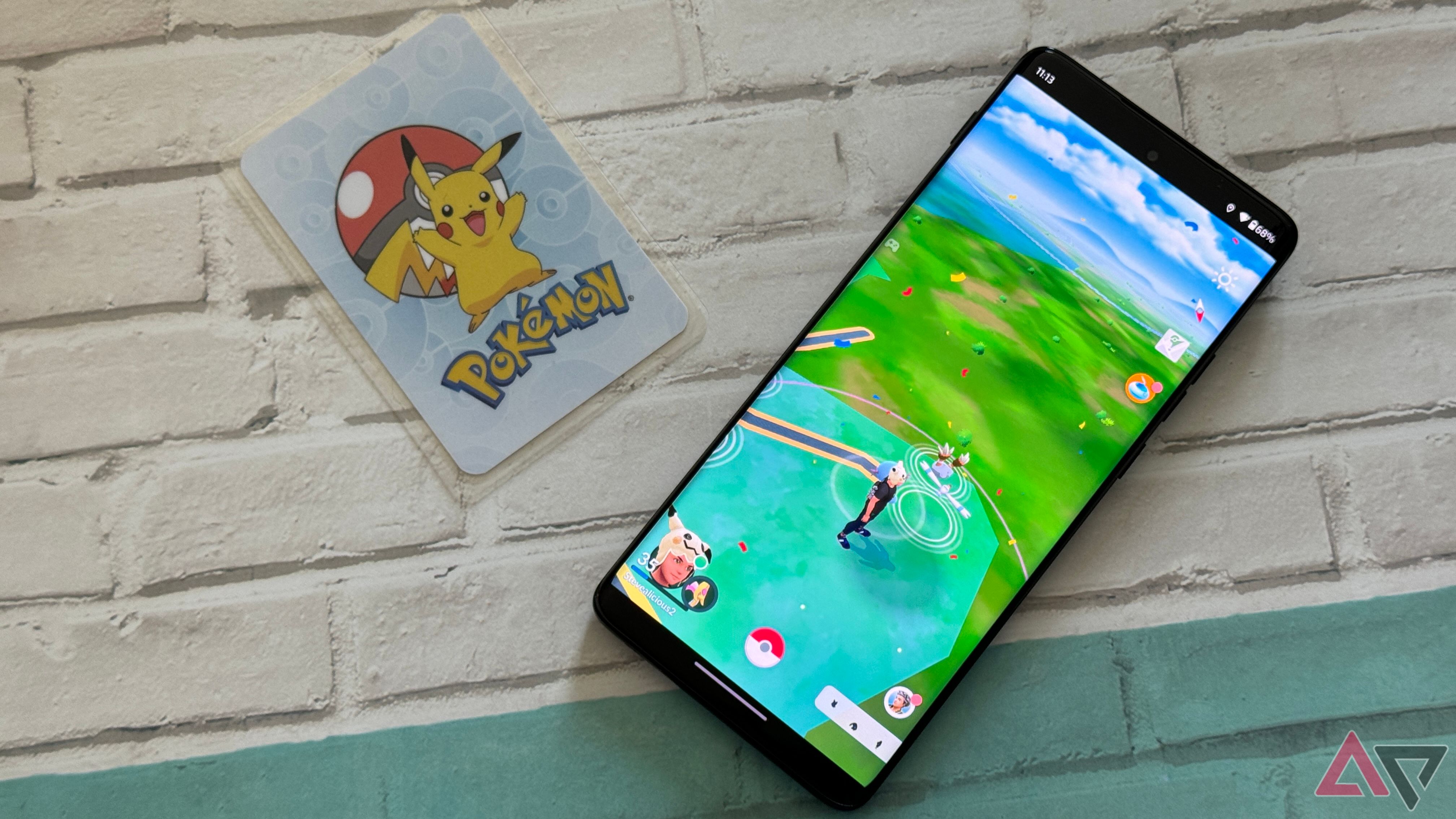
For Motorola, this 2024 iteration pulls the Edge back to Qualcomm chips with the Snapdragon 7s Gen 2 processor, an upgrade from the 2023 model’s MediaTek Dimensity 7030. Despite that, performance changes aren’t likely to be obvious, which isn’t necessarily a bad thing. The Edge is supposed to provide a smooth user experience that just works. No frills, no ills, nothing more than getting things done, and that’s what you get while using it. Our reviewer, Stephen Radochia, never noticed any significant slowdowns or lag while testing it, even with multitasking. Games like Genshin Impact (on lower settings) and Pokemon Go ran well, maintaining consistent reliability through almost any use case.
Moto’s Hello UI is a unique skin overlay for Android, which affects the overall update cycle. For a company that’s been notoriously slow to roll out Android OS and security updates, there’s no telling that things will be any different for the duration of the Edge’s lifespan. Motorola promises two major Android OS updates and three years of security updates. That simply pales in comparison to Google’s promise to deliver seven years of OS and security updates.
On the bright side, you get Moto Secure for granular control over security permissions, including the ability to see which apps accessed information and what you can do about it. Another is Smart Connect (formerly Ready For) to give your phone the desktop treatment, either accessing apps and software from your computer, transferring files back and forth, or using it as a webcam.
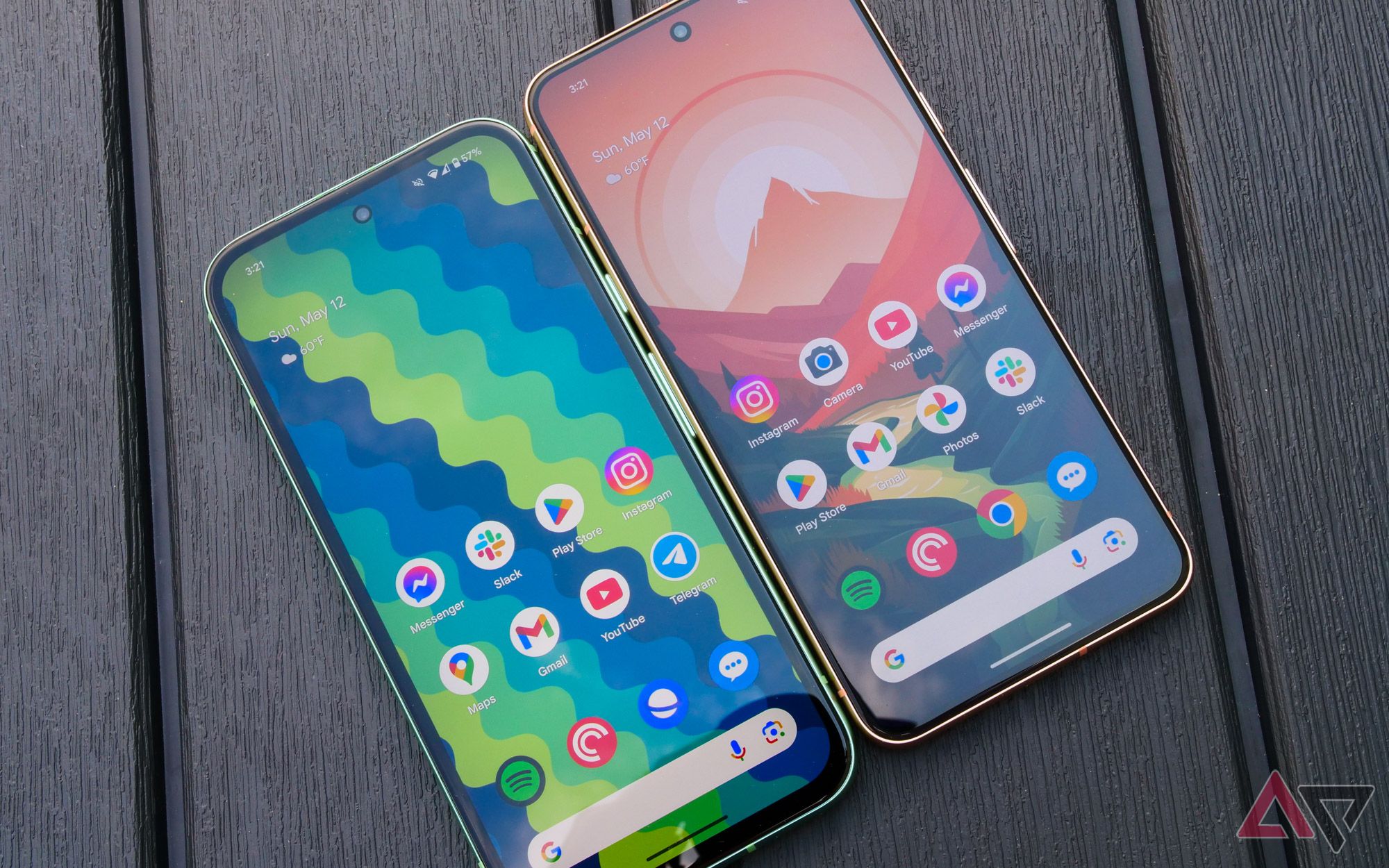
That doesn’t always translate to a fluid situation with Pixel devices. The Pixel 8a may get big updates first but that could also mean bugs and screwy patches come with them, impacting the overall experience in ways that could be vexing or confusing. It is a potential consequence of Google’s own silicon, the Tensor G3 in this case, which is more about compatibility and efficiency than it is about raw power. For example, Google is pushing its AI features, including Gemini, into Pixel devices, and this one is very much part of that rollout. That puts the Pixel 8a in an advantageous position as the more feature-forward device, but the jury’s out on exactly how many of the cutting-edge AI features make their way to this phone in the coming years.
Beyond that, the Pixel 8a doesn’t disappoint from a purely functional perspective, doing what it’s supposed to for a $499 phone running stock Android. Over time, some of the missteps and heating issues Tensor is known for disappear with subsequent updates, so this phone isn’t mired by a signature issue. Again, from a software point of view, the A-series follows the path laid out by the flagship Pixels, which means that some features are passed down while others aren’t, though the overall look and feel between them largely stays intact.
Battery life and charging
Good for the day
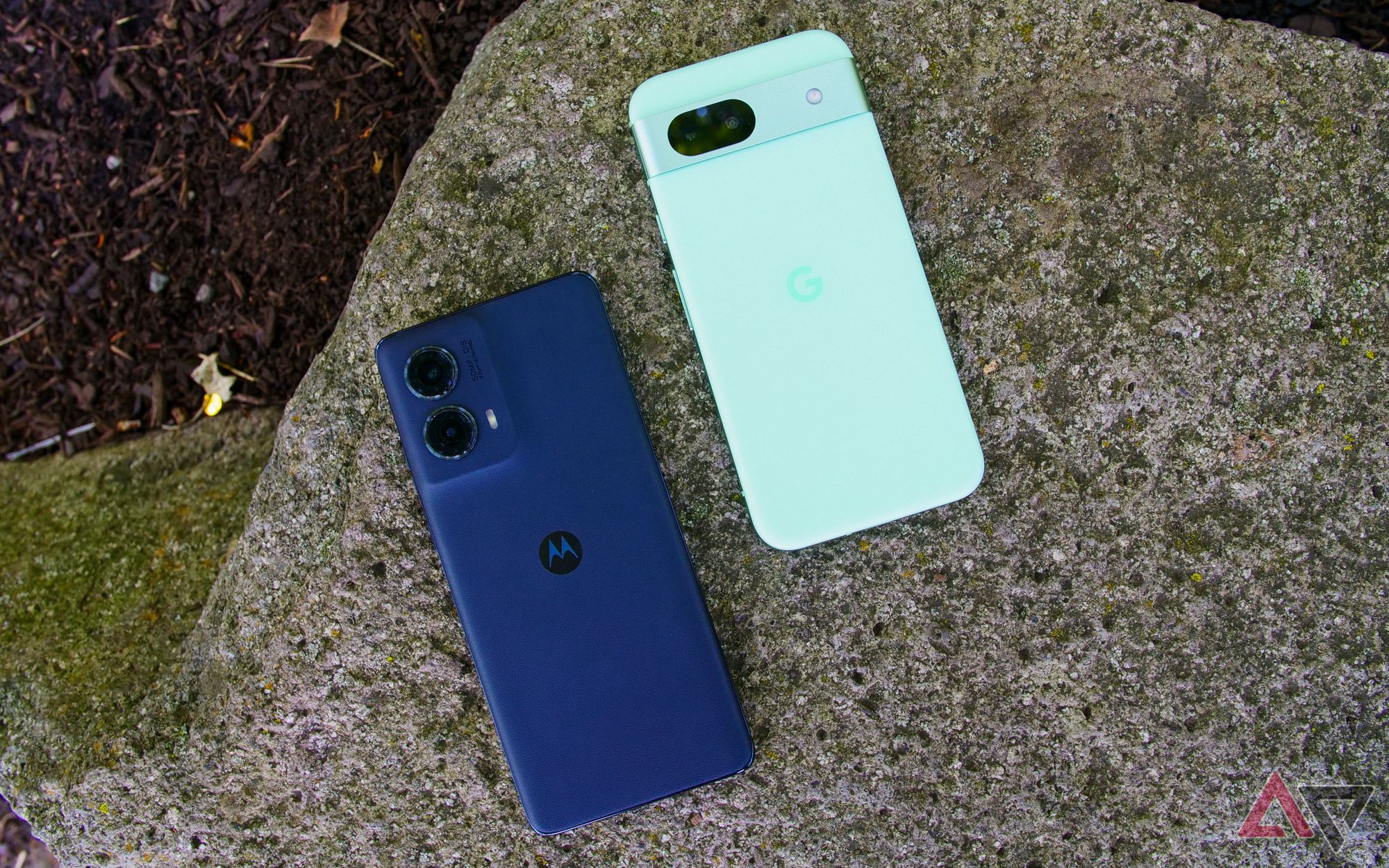
Motorola thought nothing of releasing the Edge with faster charging. You get 68W wired charging with TurboPower, enabling the phone to charge to 50% in just 15 minutes, which is not only impressive, but simply not possible with most other Android phones. That you can also charge the device with 15W wireless charging docks or stands is another notch for the Edge for its ability to keep the lights on longer.
You’ll need it because the Edge isn’t exactly a battery beast when you are using it throughout the day. Not that it’s terrible, just that it’s not a stalwart.
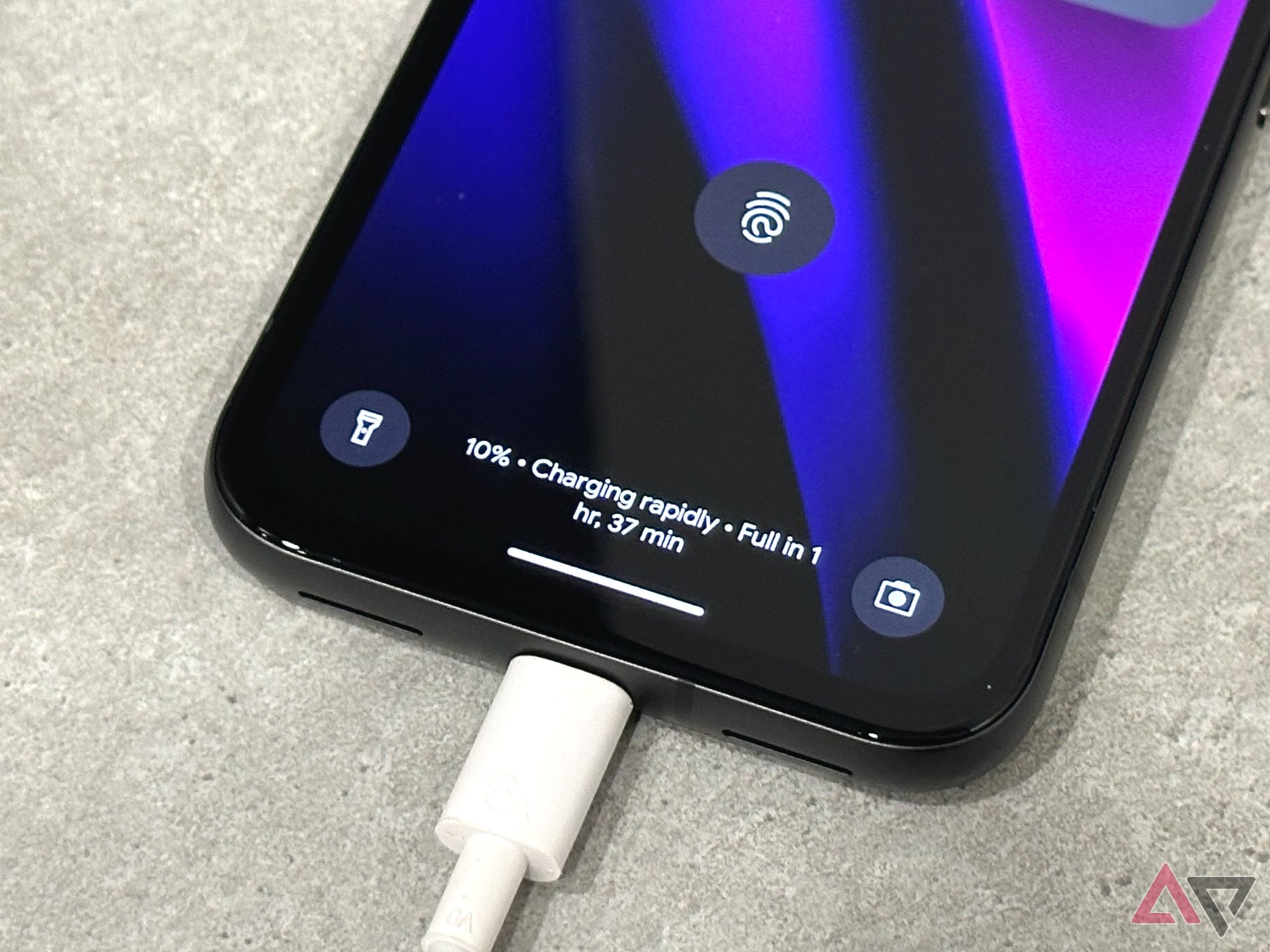
Neither is the Pixel 8a in most cases. For the most part, Google’s phone won’t last longer than the Edge, though it’s hard to quantify that because it can be situational. Google offers good battery-saving features to mitigate loss when you’re running low, but in fairness, modest usage shouldn’t see you reaching for a power bank or outlet before the day’s done.
As for charging, it’s no contest here. At best, you’re looking at 18W wired charging and up to 7.5W wireless charging, the latter of which you get when you have a Pixel Stand, leaving you with a middling 5W, otherwise.
Camera
Mid-range camera prowess
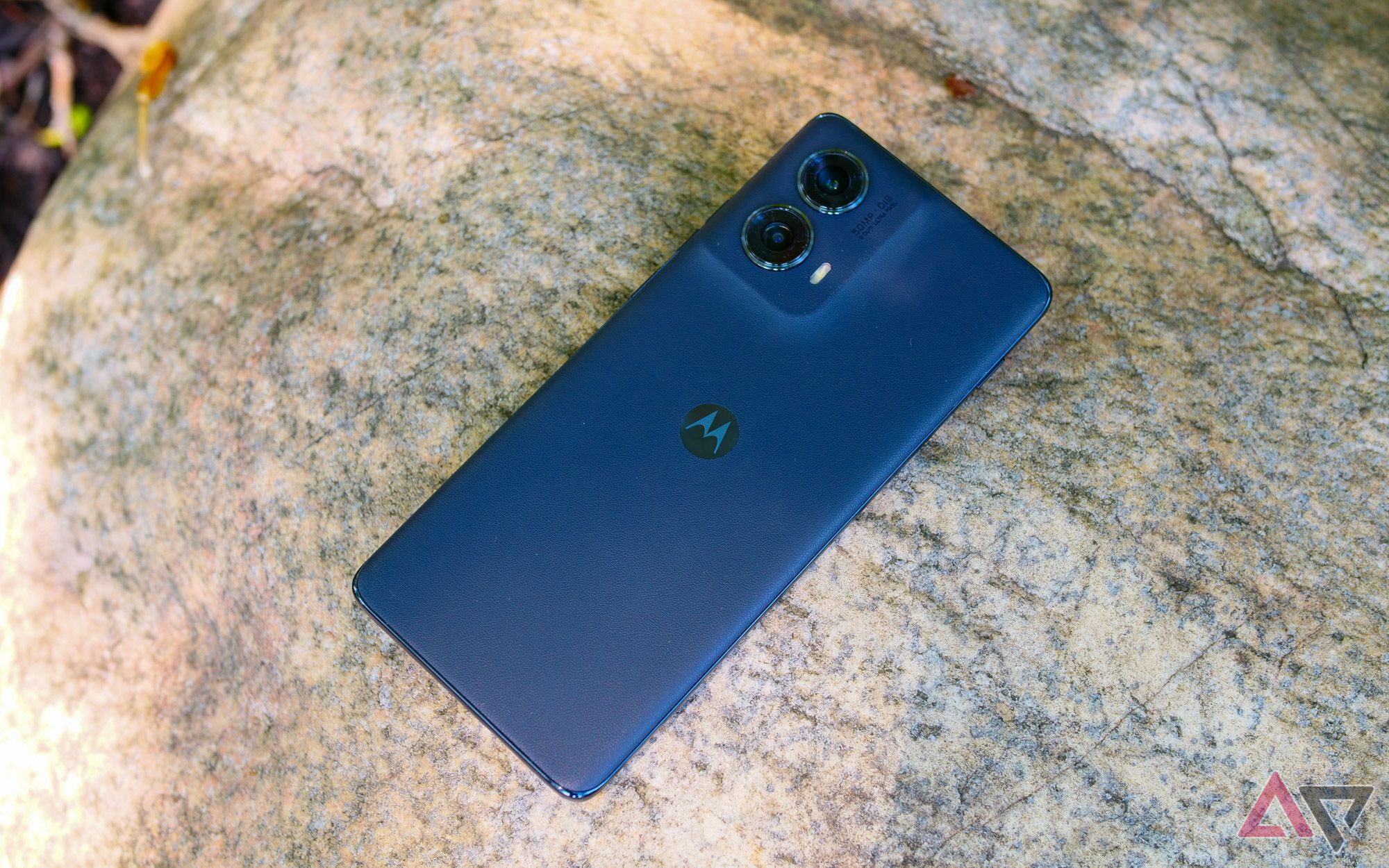
The Motorola Edge has a 50MP image sensor for its main camera that is an improvement over the previous model. A Sony LYT-700C sensor is a good one to have in any mid-range phone, though the camera app’s software doesn’t support it as much as other brands probably would. While you can capture some decent shots with it, results are more reminiscent of Samsung’s past oversaturated color tones. The 13MP ultra-wide camera isn’t as effective in varying conditions, especially in low-light or night settings, so the main camera will take a majority of the best photos on this device.
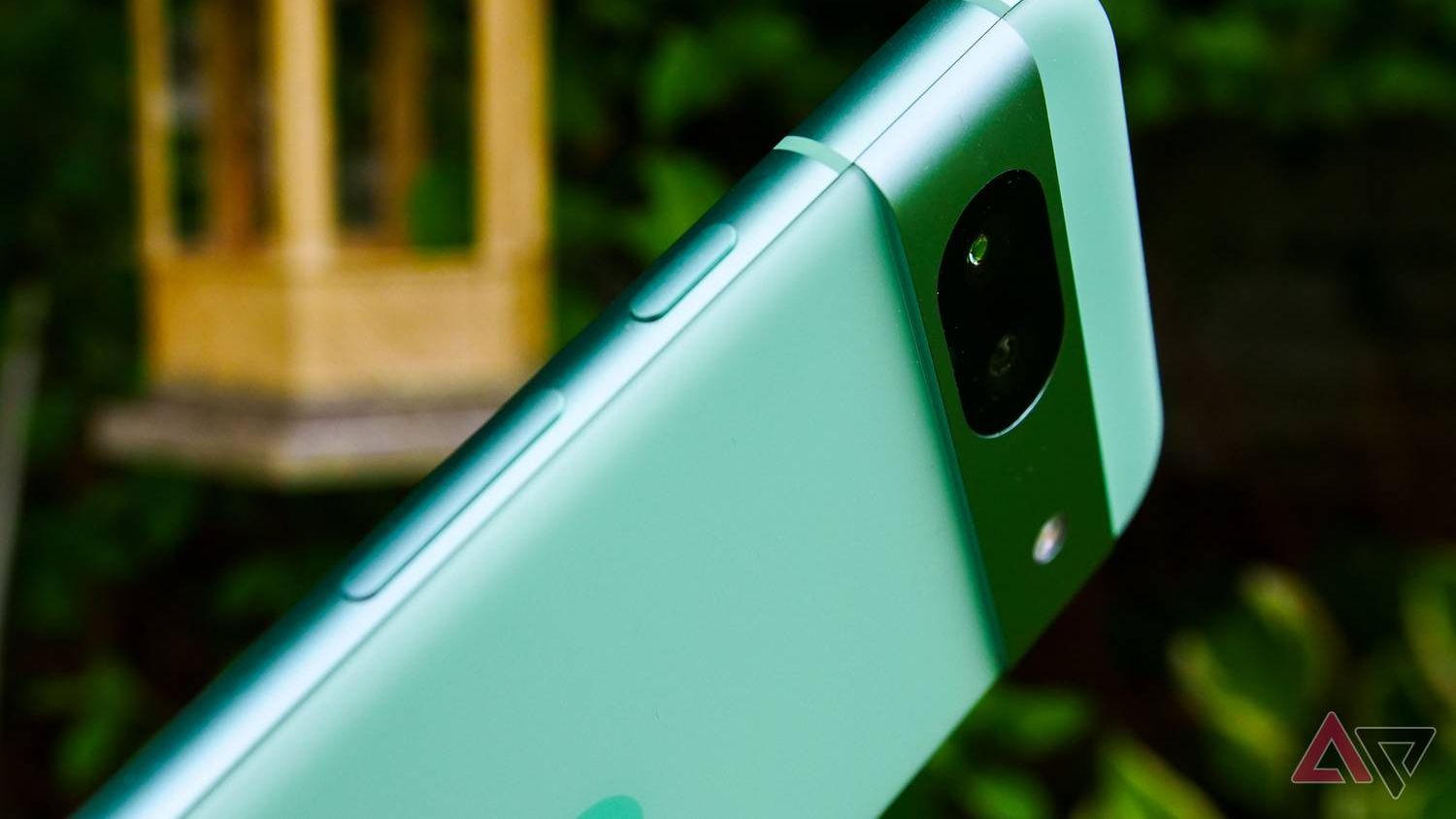
There’s no real mystery with the Pixel 8a because it uses the same image sensors for both cameras that were in the Pixel 7a. That leaves any changes to software computation courtesy of the Tensor G3. Some of that will be taking better photos at 2x zoom, a crop of the 64MP sensor, but Super Res Zoom falls off a cliff beyond 5x zoom — even more so in low-light conditions. Generally speaking, the Pixel 8a captures good shots in that it doesn’t require much know-how on your part. Point, shoot, and see how the computation helps process the image. The 13MP ultra-wide lens has a 120-degree field of view to squeeze more into the frame, yet is more susceptible to noise when you try using it in darker places.
Which is right for you?
These two phones come close in more than just price, and veer away from each other in a few ways that may make it easier to decide for yourself. Want a larger screen? That one’s obvious. Want longer OS and security updates? Also an obvious choice. Same with battery life and charging, or camera output. Whichever combination of features you want to prioritize helps you figure out the best option, though it’s hard not to lean toward the Moto Edge here.
One reason is because it will end up being cheaper than the Pixel 8a given how often it drops in price. In addition, if you only plan to hold onto the phone for two years, the limited update cycle may not pose much of a problem for you. And if you’re into gaming, the faster refresh rate is another advantage.
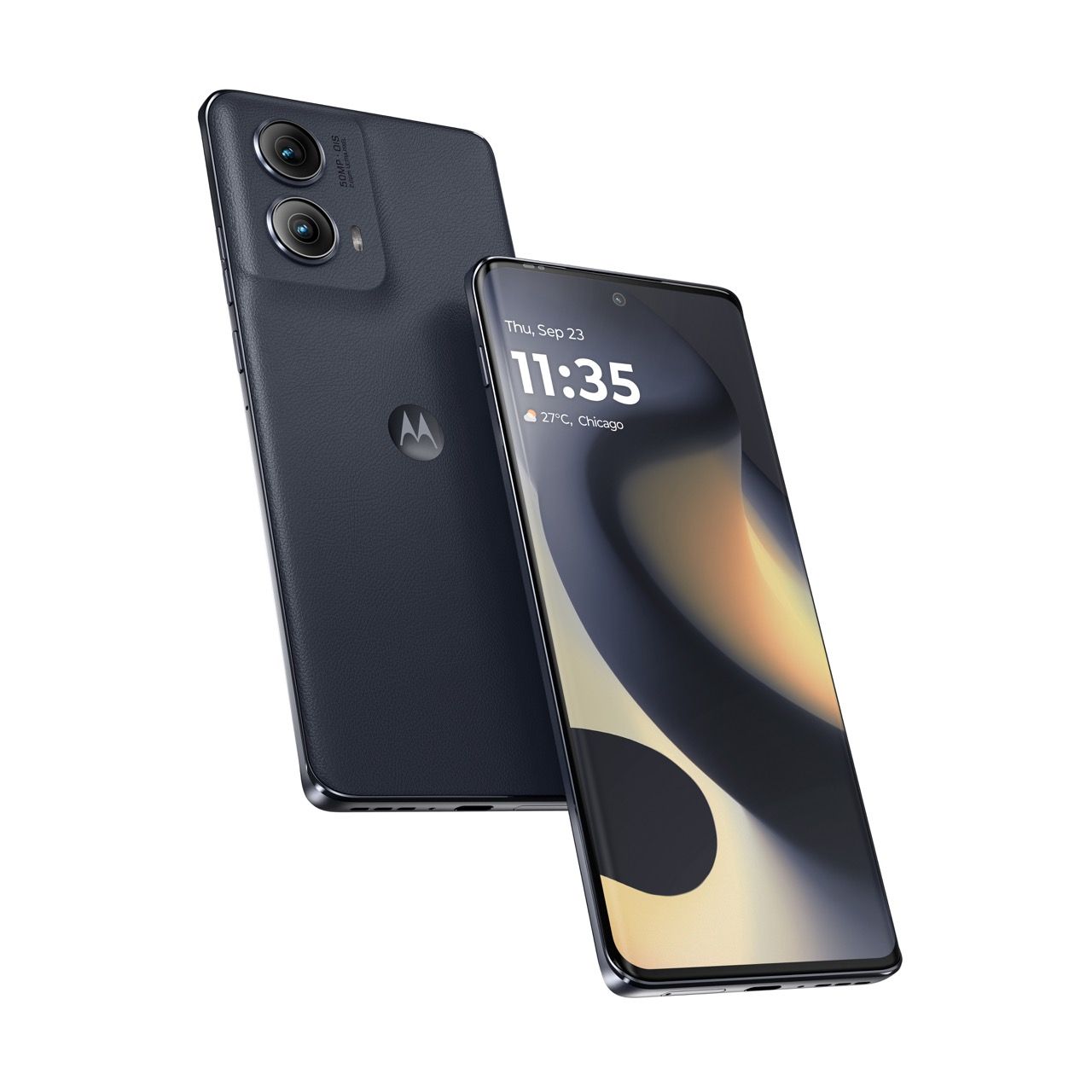
Motorola Edge (2024)
The Motorola Edge (2024) has a big screen with excellent battery recharging options to keep it active.
The Google Pixel 8a is a solid choice as an alternative, especially since it’s excellent value for what you get and what it could do later on with future updates. Camera output is reliable and consistent, even if battery life may not always feel like it.
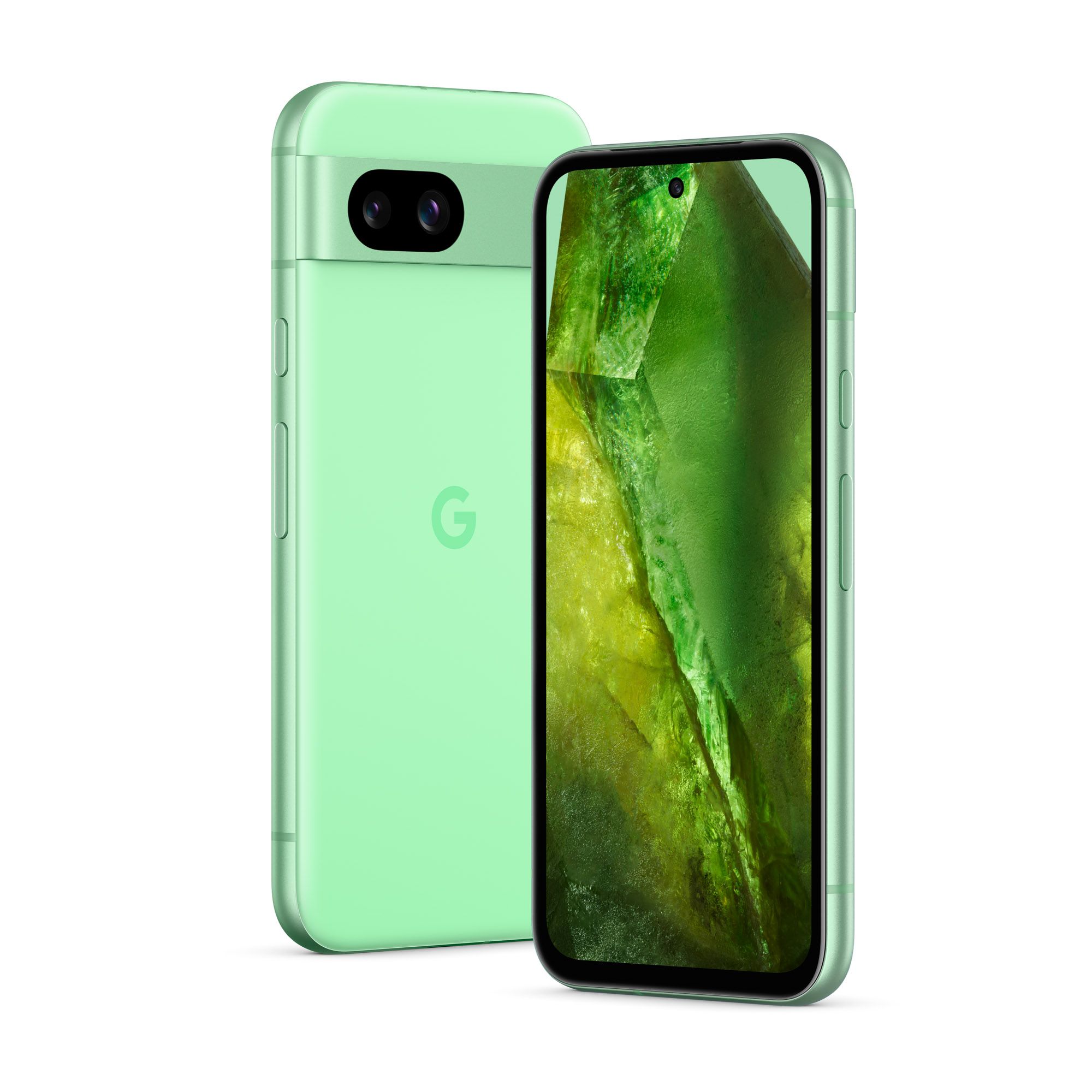
Google Pixel 8a
The Google Pixel 8a runs a stock version of Android and will run some of Google’s latest AI features.




